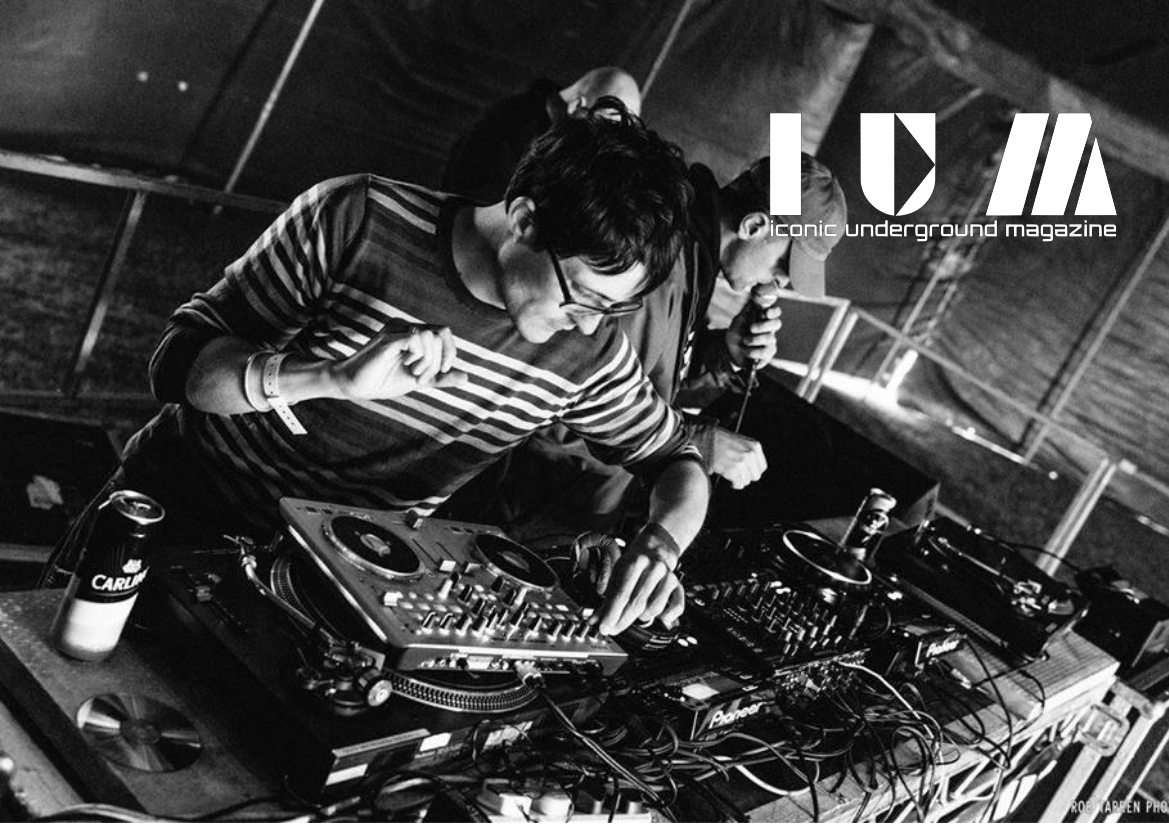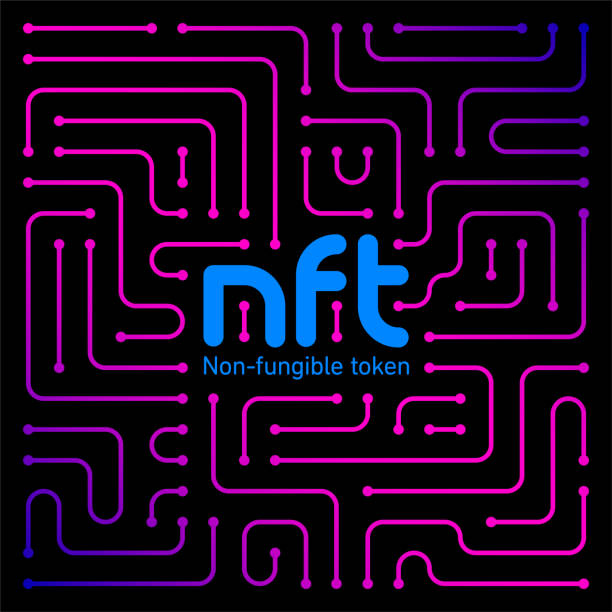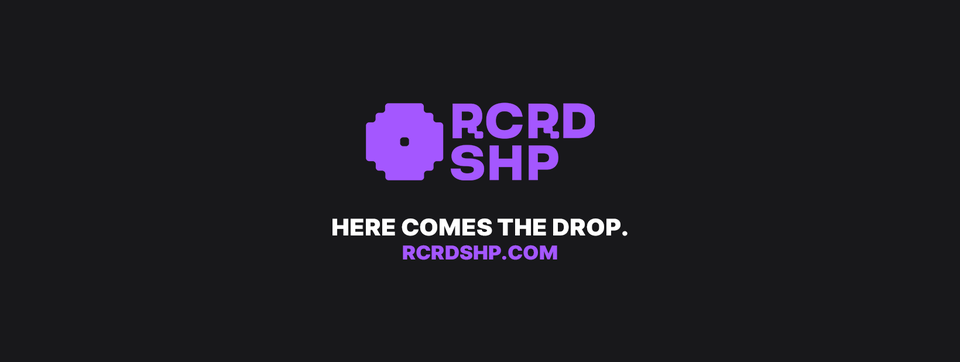SIMPLIFYING MUSIC NFT WITH BLUE AMAZON
I wanted to start by firstly explaining why I have become excited and engaged in the world of NFT for music.

Blue Amazon
I’m by no means a Blockchain/crypto expert. I have an understanding of Blockchain technology and its functionality, but I never felt like it was something I had any need to use. I am also a believer in “The best currency we have is time” and that’s not to be wasted.
This begs the question – why I have spent time researching NFT? I’ve experimented with market places, buying/selling Music NFTs, and am still here, fully committed and excited.
The NFT music space is hyper-exciting and allows us to release music packages, unlike any prior methods.
We can add additional content, provide exclusive material and break the rules of how music is released
This accompanied by a fair monetization system that supports artist/label wealth in an industry that has become very turbulent – is something that excites me. In my opinion, the NFT space is much more than a copyright register monetizing system but a vehicle for creativity.
I’m writing this article to run through some of the key areas of NFTs for music. Something which could act as an introduction to this new exciting world and some pointers to consider. I will focus on the different areas as simply as possible, provide a guide for further research/ experimentation, and round up with a short Q&A with a CEO from an exciting NFT music platform.

NFT non fungible token logo header banner vector illustration. Digital Art Concept.
What Are NFTs
NFT is short for – None Fungible token, this in itself sounds like hyper Jargon and complex. I like to think of an NFT as a certificate of purchase or ownership that can be attached to a digital item or potentially physical. This is similar to buying a car, either new or old, a house, or other assets that require a document of ownership. The NFT certs (my example) are unique and can’t be copied. NFTs also carry information regarding the current owner, creator, copyright, and details of any royalty % that goes back to the original creator if resold.
A simple example is to think of an artist who creates an art image and attaches it to an NFT.
The art coupled with the NFT can be sold on a marketplace (think along the lines of eBay), and the buyer receives the original file or potentially a physical item with proof of ownership and often full copyright. The original artist or creator is assigned an additional % if the new owner decides to sell the NFT item later. The item could be 1 of 1 unique piece limited edition and deemed very rare. The NFT contains proof of ownership that offers copyright protection should the image be used where it’s not permitted. NFTs can also be sold as limited numbers/runs of one item, this might make the NFT item seem less rare but can still carry advantages for buyers.
Music NFT is similar to the art example and it’s easy to see why they are valuable in the scenario of one only owner and the full copyright assigned. Theoretically, this is similar to when an artist signs a copyright contract to a record label – the copyright is exclusive under the terms/conditions and royalties within the issued contract.
The flexibility of selling music NFTs, or editions is the artist or label doesn’t have to include the copyright of the works being sold. The music can still be copyright free to release commercially. This could be seen as a positive in some cases or a negative.
Selling a unique music NFT package with full copyright might be quite an obvious advantage, whilst selling a none exclusive – none copyright NFT could become more valuable as the artist/music is growing in popularity in the public domain. However, it will depend on the quality of the music, and the artist/label’s growth and could be none intrinsic.
Please, keep in mind if you have already signed the copyright of your music to a label – then essentially the label holds the right to sell your NFT under the conditions and royalties of your contract.
NFTs ARE PLACED ON BLOCKCHAINS, is it important to understand blockchains?
Blockchains – in simple terms are computer networks and we are all far more familiar with networks than we might think. The worldwide web is a huge network, coupled with other networks that carry communication/data across the internet. Many of us are familiar with networks in our working environment, offices, or schools where files and documents can be shared privately.
Private network blogs/ intranets and more. Your home WIFI connection – whilst connected to multiple devices is also a network. Another example that might be more fitting is a mobile phone network which you choose/pay for based on connectivity, spread, and tariffs.
There are many Blockchain networks out there that include Ethereum, Solana, Polygon, Flow, IBM and the list goes on. If these blockchains are essentially doing the same job, why is it important to grasp a basic overview of each?
Going back to the mobile phone network example, you choose a network based on cost, functionality, coverage, and other factors. This is the same with NFT, although you pick a marketplace to buy or sell NFT that operates on one or optionally more than one of these blockchains.
Some Blockchains are considered more valuable than others due to the number of traffic, transactions, better speed/efficiency and some have lower running costs. This all becomes a factor when creating or buying an NFT in the marketplace. Don’t worry, this will become clearer when we talk about marketplaces.
NFT MARKETPLACES
If you did a google search for the top NFT marketplaces, I’m sure the search would populate with listing such as – OpenSea, Nifty Gateway, Rarible, Mintable, and more, but what are they? These market places are similar to eBay for NFT, self-selling market portals to create/list your NFTS to be sold referred to as minting and of course to buy them.
Like eBay when you list an item for sale, you add the product details, sale or auction options, and other specifics. You are then subject to list fees and % of sale deduction.
The NFT marketplaces are very similar, although the list/NFT creation fee can vary depending on the Blockchain the marketplace is using – and referred to as GAS fees. The GAS fee is applied when setting up the NFT as a transaction on the blockchain – and can vary a lot.
An approximate example of creating an NFT on an Ethereum Blockchain hosted marketplace could be an average of $80 to $110 per NFT. You can quickly see how this could become an expensive exercise for an independent music title considering a single track in the commercial domain often isn’t earning as much.
I guess this prompts the question “Are there any cost-effective workarounds”?
Some marketplaces allow the option to the list for free – called Gasless listing. This means the Gas fee is still applied but it’s charged to the buyer on purchase rather than when listing/creating an NFT. Again, this can become an expensive exercise for a buyer new to the market.
Some market places allow you to choose a different blockchain to host the NFT – for example, the “Polygon” Blockchain – Here GAS fees can be cheaper or free but listing on some blockchains can be deemed less valuable for NFT resale?
Apart from the blockchain employed by the marketplaces, your other considerations might be the majority of these marketplaces require both the seller and buyer to attach a Crypto wallet for the transaction. Crypto wallets – aren’t as complicated as they first seem. It’s very much like setting up a PayPal method of payment which most of us are used to but it can be a huge put-off for many and incorporate currency conversions.
You also have to consider that these marketplaces are not specific music markets and most don’t include a good music genre search.
You are by nature in a mass marketplace with many other listings, art, games +, and potentially audience-driven
How do you encourage a music enthusiast/fan to a market like this that looks overwhelming, complex, and expensive? It might be easy if you’re – Deadmau5, Jay-Z, or Snoop Dog and given that even a small portion of your fan base is willing, that’s still a large number of people.
MUSIC SPECIFIC MARKETPLACE
There are a good handful of specific music marketplaces being developed to be a one-stop for music NFT. Some are a multi-genre marketplace and some are more specialists. This is great as it’s adding to music discovery as well as creating a space to find your favourite artists/labels NFTs. Think of them as NFT versions of – Beatport – Traxsource – Apple Music etc.
Examples – Sound.XYZ, Mintsong, Pianity, Blockparty (flexible & includes music), and one I’m excited by is – “RCRDSHP (Pronounced “Record Shop”). RCRDSHP has a great price point of entry for both buyers and sellers.
It’s also attached to a great discord community and is created by musicians, DJs, and producers, industry pros with electronic music in mind
Full albums, EPs, and copyright-owned content DJ mixes are already listed and dropped to market.
Ok, by now I guess this poses the question “Is there a difference between the music-specific markets and the eBay style markets?”
Both are similar in functionality and likewise, listing/minting costs will differ based on the blockchain they use. Some are more reasonable and they have thought about reducing the point of entry to a suitable amount for everyone. Some don’t require crypto wallets and you can use regular credit card/debit card transactions. Listing or gas fees don’t exist on some or can be a minimal cost.
However, quoting the old saying “nothing is free” can also be the case here. Whilst there might not be an initial gas fee, some music markets will introduce other methods of encouraging you to buy to earn listing/drop to market functionality.
Indirect vote-buying to help your NFT to market or other methods that become very time-consuming and costly to you over a short period. Some don’t allow you to withdraw funds from secondary NFTs resale and encourage you to reinvest the funds on new NFT purchases.
These methods can make your NFT experience convoluted, none welcoming, and create uncertainty. If you look at portals like Bandcamp for example – it’s straightforward and honest – even eBay is clear and upfront.
We all want less drama, clarity and to know what we are dealing with. I’m sure most of us would be accepting of reasonable gas fees rather than hidden methods and excessive run-around?
Keep in mind once listed/dropped to market you still need to create awareness, and promo like you would any commercial release – some music marketplaces have methods in place to support your NFT music going to market/drop.
Other considerations – Some music markets are self-service like Bandcamp which allows any artist/label to join, list, others require an application to join. Some music markets only allow one track to be listed as an NFT at a time with no options for add-ons, whilst some allow full EPs /albums.
The point here is to check out your options before deciding and committing your time, energy, and potential cost.
Once your NFTs are created and sold it’s difficult to reverse them if you decide to change markets
Another term you will come across – is – NFT burning, which refers to the NFT edition or one of the numbered editions being removed from the blockchain. This can be a method of making the remaining issues more valuable, making them more limited in smaller quantities. Alternatively, there was an error with the original listing on the blockchain.
ARE MUSIC NFTs SELLING AND WHY BUY THEM?
A definitive answer is yes Music NFTs are selling at all levels. There are some crazy stories of artists NFT selling for ridiculous sums in the superstar world, but focusing on a realistic level even unknown underground artists can be seen to earn $300 and above per NFT single track.
A reason to buy can be many things – access to exclusive content – limited editions – direct to artist connection and without using the demoralizing marketing wording “Superfan” — yes,
some collectors love to support the artist/labels they like
Some buyers are collecting NFTs as an investment for resale at a higher value at a later date, and this is something I tried as an experiment. It worked out quite well when the NFT / music attached were exclusive limited editions and returned an instant increase.
Regarding none exclusive NFTs I purchased (already in the commercial release domain) they haven’t shown any resale value as yet.
Have a dig around the market places, some price barriers won’t be attractive, bordering elitist markets and some are very reasonable.
Moving on – I would like to introduce you to – Obie Fernandez, Obie is the CEO of the already mentioned RCRDSHP. RCRDSHP is designed much like many of the digital music stores we are already familiar with.
The point of entry is also very reflective, the buying experience is similar to buying music on Bandcamp, Beatport, cheaper and aids music discovery as well as a sensible approach to the NFT for the music Market.
Interview
Blue Amazon: Obie, thanks for taking the time to talk to us, I wanted to start by asking about the ethos around RCRDSHP as it seems a radical departure from many others.
Obie: The ethos is to leverage blockchain technology and NFTs to help professional musicians (as well as aspiring ones) have a chance at making a living wage or better with their music. That’s a bit of a mouthful, so I’ll also restate it in contrast to the ethos of many other NFT projects, which I can summarize as “make as much money as possible, as quickly as possible (while people with crypto are still feeling rich).”
RCRDSHP stands apart from those kinds of projects.
We want to revolutionize the music industry and we know that’s a long-term project. It’s going to take at least 5 to 10 years to make a significant impact
Blue Amazon: The site already hosts an array of established artists including Todd Terry, Solarstone, DJ Rap, and more. Was it difficult to onboard these artists?
Obie: To onboard them? Not really. There’s an appetite out there for new business models, and a lot of our artists were hurt by the pandemic and the way that it destroyed touring and live acts. Getting them interested in making money with RCRDSHP wasn’t too hard. And it gets easier as they get their financial statements and start telling other artists about the size of the checks they’re getting.
The hard part is getting all of our artists to understand the nature of Web3 communities and how they differ from traditional music fans
Blue Amazon: RCRDSHP is created by like-minded DJs, Producers, and other electronic music-focused people. How important is that in this type of venture?
Obie: I’m tempted to say it’s the most important factor in succeeding with this type of venture. If you’re in it for the wrong reasons, then ultimately people are going to see through it and you’ll fail. Also, since we’re musicians too, to a certain extent we are building RCRDSHP for ourselves and that helps with making product decisions that work for our artists.
Blue Amazon: Does RCRDSHP employ any methods of promotion for the music when it drops to market?
Obie: We do of course, including in partnership with The Media Nanny (one of the most successful Marketing/PR agencies in EDM space), but increasingly we are letting our partners do the heavy lifting with their fans. They know their fans much better than we do.
Blue Amazon: At present the store isn’t a public self-service portal like Bandcamp for example, are there plans to open wider to the self-service public domain?
Obie: Yes, we are making official announcements about that in the next couple of weeks, and the first RCRDSHP storefront is already active here.
Blue Amazon: What other plans are there for RCRDSHP and are NFTs here to stay?
Obie: What I’m most excited about is how we’re empowering the community to own the process of onboarding new artists to the platform. I don’t think we’re ever going to be like Soundcloud where you register and start uploading music. Web3 is all about relationships in the community, meaning that as a newcomer to RCRDSHP, you need to engage the community first, and if they support you then you can move on to increasingly higher profile projects on the site.
It’s our way of incentivizing quality over quantity and stopping bad actors dead in their tracks
You can check out RCRDSHP
Find out more about Blue Amazon
This content was originally published here.


